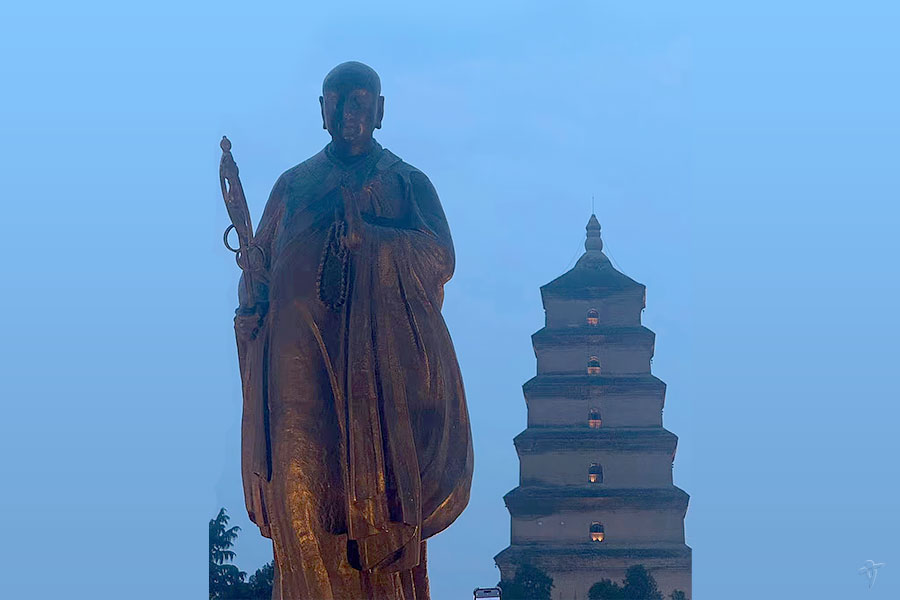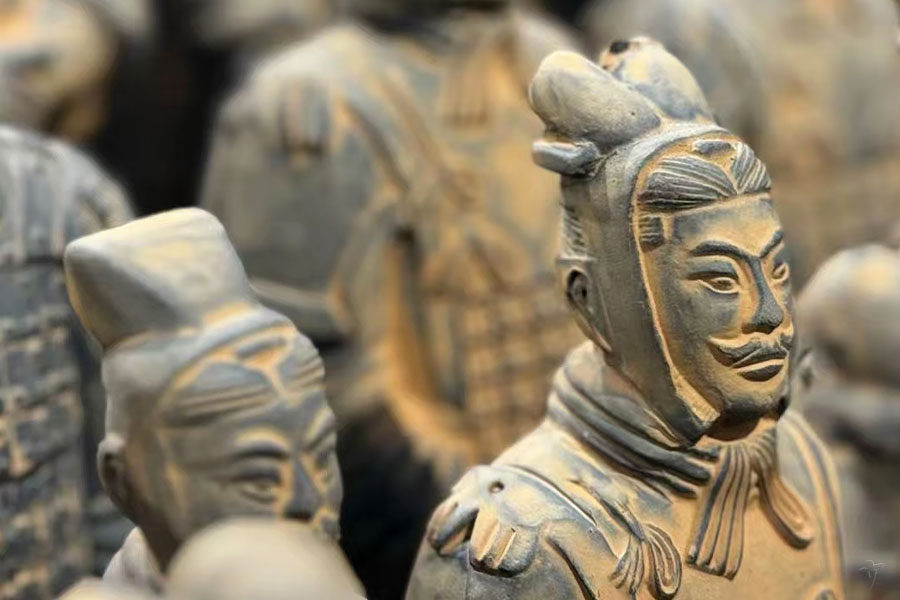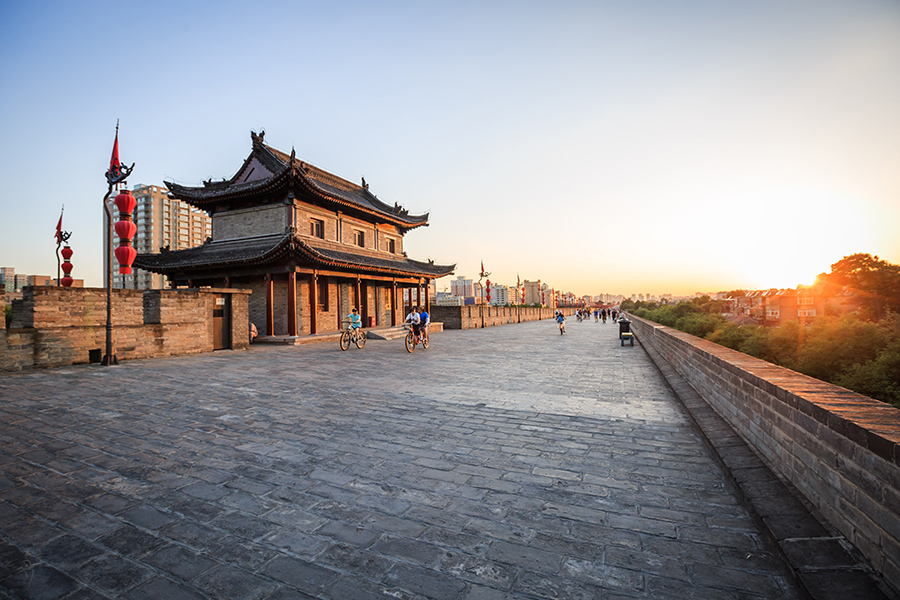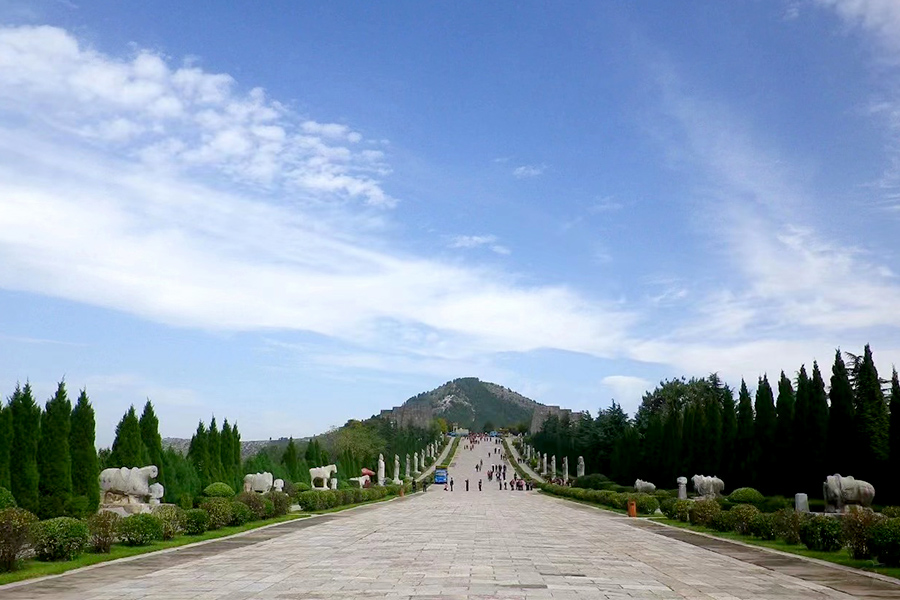Huashan Mountain
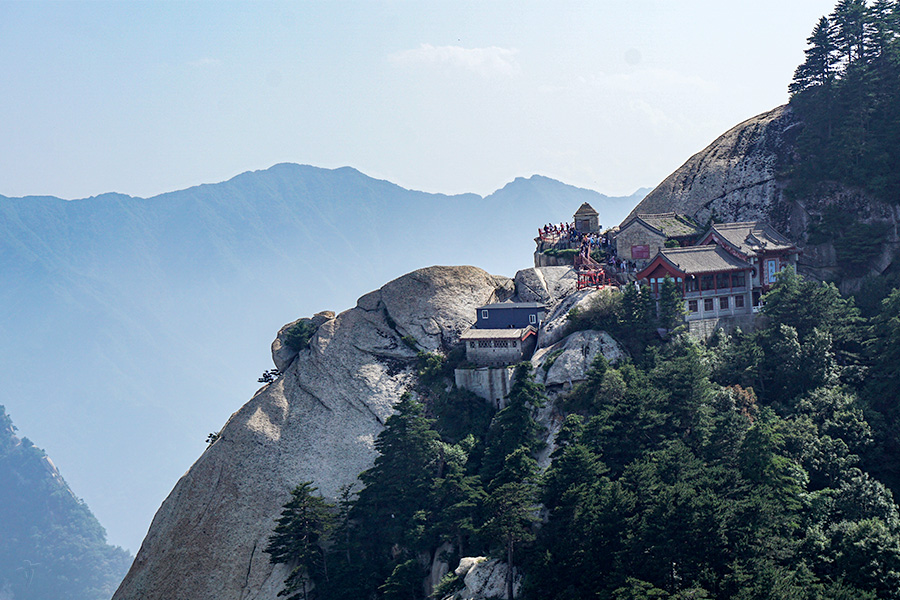
Chinese name: 华山 (Huashan)
Location: 120 km east of Huayin City, Shaanxi Province.
Elevation: 2200 meters.
Entrance fee: 180 Yuan / person from March to November (peak season of tourism) and 100 Yuan / person from December to February (The tickets are valid within two days, including the fees of transfer from the Tourist Center to all the scenic spots of Huashan Mountain except the car fares of the Huangpugu and the Cigu lines).
Cableways from Wa Miao Gou to Cloud Deck Peak: 80 Yuan / person / single-trip, 150 Yuan / person / round-trip, running from 07:00 to 19:00 in peak seasons and from 09:00 to 17:00 in low seasons.
Sunrise time on Huashan Mountain:
Spring (March-May): 05:00 – 06:00
Summer (June-August): 04:30 – 05:20
Autumn (September-November): 05:00 – 05:20
Winter (December-February): 05:30 – 06:00
Best time for visit: April – October
Food and accommodation in Huashan Mountain: stalls selling all kinds of snacks can be seen in Huashan Mountain Scenic Area - crispy noodles, buckwheat jelly, pita bread soaked in lamb soup, cold noodles, etc. Travelers can also choose the restaurants and hotels at the foot of the mountain.
How to get to Huashan Mountain:
- There are buses to Huashan from 06:00 to 19:00 daily at the Xi’an Chengdong Bus Station. The buses depart every 15 minutes, 30 Yuan / person.
- If you arrive in Xi’an by train, you can choose the tourist buses to Huashan at the Yelian Square in front of Xi’an Railway Station (last departures at 12:00 and 14:00 in peak seasons and low seasons respectively). The buses depart not less than 7 times in peak seasons and not less than 4 times in low seasons daily, about 2 hours’ drive, 28 Yuan / person. If your train arrives at Huashan Station directly, you can get to the scenic area by taxi (20-30 Yuan) or by mini buses (3 Yuan / person). The last bus back to Xi’an leaves at 17:00 every day.
- If you arrive in Xi’an by air, you can take the shuttle buses to Huashan at the airport.
Brief Introduction to Huashan Mountain
With a derivation that can be traced back to 0.12 billion years ago, the granitic Hua Mountain or Huashan Mountain located 120 km from Xi’an City of Shaanxi Province is among the “Five Famous Mountains of China” together with Tai Mountain (泰山) in Shandong Province, Song Mountain (嵩山) in Hennan Province, Heng Mountain (恒山) in Shanxi and Heng mountain (衡山) in Hunan Province.
The Huashan Mountain is famous for its five main peaks, namely, the eastern “Sunrise Peak”, the southern “Wild Goose Peak”, the western “Lotus Peak”, the northern “Cloud Deck Peak” and the central “Yunu Peak”. The weather in the mountain is so changeable that it seems it is a wonderland with diverse beautiful sceneries – cloud sea, misty rain, fine spray, and snow.
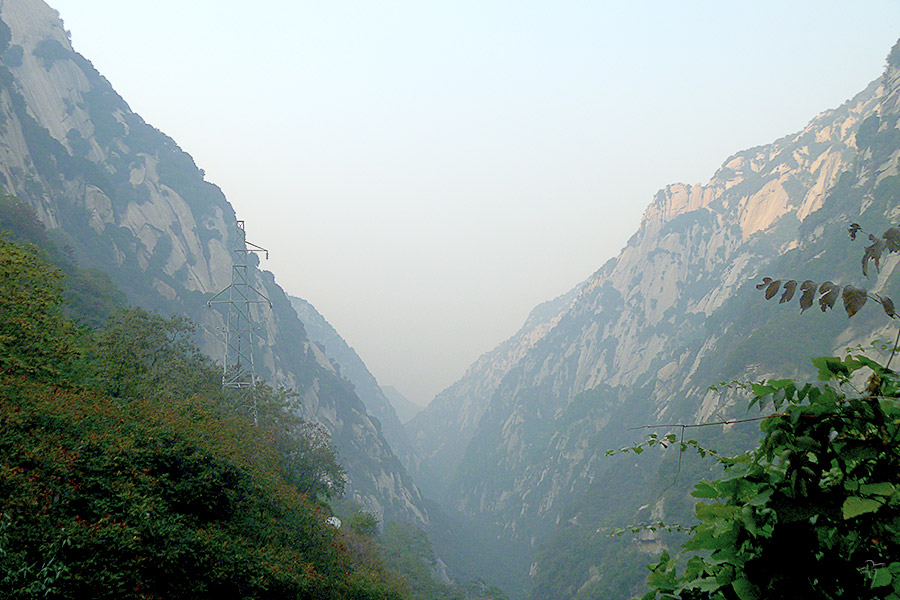
Apart from amazing natural scenery, the mountain is also rich in Chinese legends and culture. As one of the birthplaces of Chinese culture, the Huashan Mountain was sacred land where 56 emperors and empress (such as Emperor Qing Shi Huang of Qin Dynasty and Empress Wu Zetian of Tang Dynasty) frequented for travelling or holding large scale national sacrifice ceremonies. Since the Sui and Tang dynasties, some thousand poems, inscriptional records and travel notes (by Li Bai, Du Fu, etc.) speaking high of Huashan Mountain had been carved there.
Main Scenic Areas of Huashan Mountain
The “Sunrise Peak” in the east is at an elevation of 2096.2 meters. The peak gets its name and fame for the platform on it where travelers can enjoy the sunrise and an open view of the mountain. Attractions: Immortal Palm Cliff, Sunrise Deck, Sanmao Cave, Qingxv Cave, the cliff path of “sparrow hawk flips over”, etc.
The “Wild Goose Peak” in the south is highest among all the peaks of the Huashan Mountain and the “Five Famous Mountains of China”, with a sea-level of 2154.9 meters. Looking down at the mountain, visitors can have a panoramic view of the branch of the Yellow River and vast plain. Attraction: Filial Son Peak, Yangtian Lake, Bizhao Cliff, Heavenly Southern Gate, Chaoyuan Cave, Baiti Ancestral Temple (aka Baitian Palace), plank path built along the cliff, Helao Stone Cave, etc.
The one in the west is named “Lotus” because of its location in the west as well as a huge lotus-shaped rock on the top of it, which were mentioned in many poets’ poems in the ancient times. The cliff here looks like being pared with a knife and its steepness and grandness made the name the former name of the whole Huashan Mountain by the ancients. Attractions: Pool of the Lunar Mansions, Zhenyue Palace, Senior General Tree, the cliff path of “the Back of Green Dragon”, Cuiyun Palace, Lotus Stone, Split Rock, Giant Foot Rock, etc.
The “Cloud Deck” Peak locates at a sea-level of 1614.9 meters with extreme escarpments surrounding it. The peak was described to be a solitary terrace on which people could touch the cloud. Attraction: Zhenwu Hall, Fish Month Rock, Reclining Ox Rock, Sun and Moon Cave, Heavenly Queen Palace, Sanyuan Cave, Dulong Temple, Yiyun Pavilion, Changchun Stone Cave, Jiaogong Stone Cave, Black Dragon Mountain Range, etc.
The “Yunu Peak” sits amidst the eastern, western and southern main peaks. In ancient China, this peak used to be counted as a part of the eastern peak due to its location in the west of it. On the peak stands the “Yunu Taoist Temple”, which is said to be the place where a girl named Nong Yu – the daughter of Emperor Qinmugong – cultivated one's moral character. Most of the attractions in the area are related to the story of Princess Nong Yu: Bright Star Yu Nu Cliff, Yu Nu Cave, Yu Nu Stone Horse, and Yu nu Memorial Hall. The hall is said to be built by Emperor Qinmugong, who came to Huashan Mountain to look for his daughter but failed. Inside the hall there were a stone statue of the girl, royal bed, chaplet and bottom drawer, but almost of that were destroyed by natural and man-made disaster. The current one was rebuilt in 1980s.
Notices for climbing Huashan Mountain
1. Wear soft-bottomed sport shoes and take along necessary articles depending on personal needs (e.g. glove, socks, crutch.).
2. Have some high calorie food to ensure enough physical strength.
3. When you get thirsty while climbing, remember that nipping would be better than swilling.
4. Keep in mind that “sightseeing or moving” in consideration of security, especially when you are trying a walk on the plank roads built along the face of the cliff.
5. No litter in the mountain, take your rubbish with you down to the hua mountain.
6. No smoking or burning in the hua mountain.
Xi'an tours
Quick Questions
Our team is waiting for your questions. Please feel free to ask us any questions you might have about our China package tours, Chinese culture, or the sites available. We will gladly help you with any special needs you might have and all questions, like our trip designing is completely free of charge.



